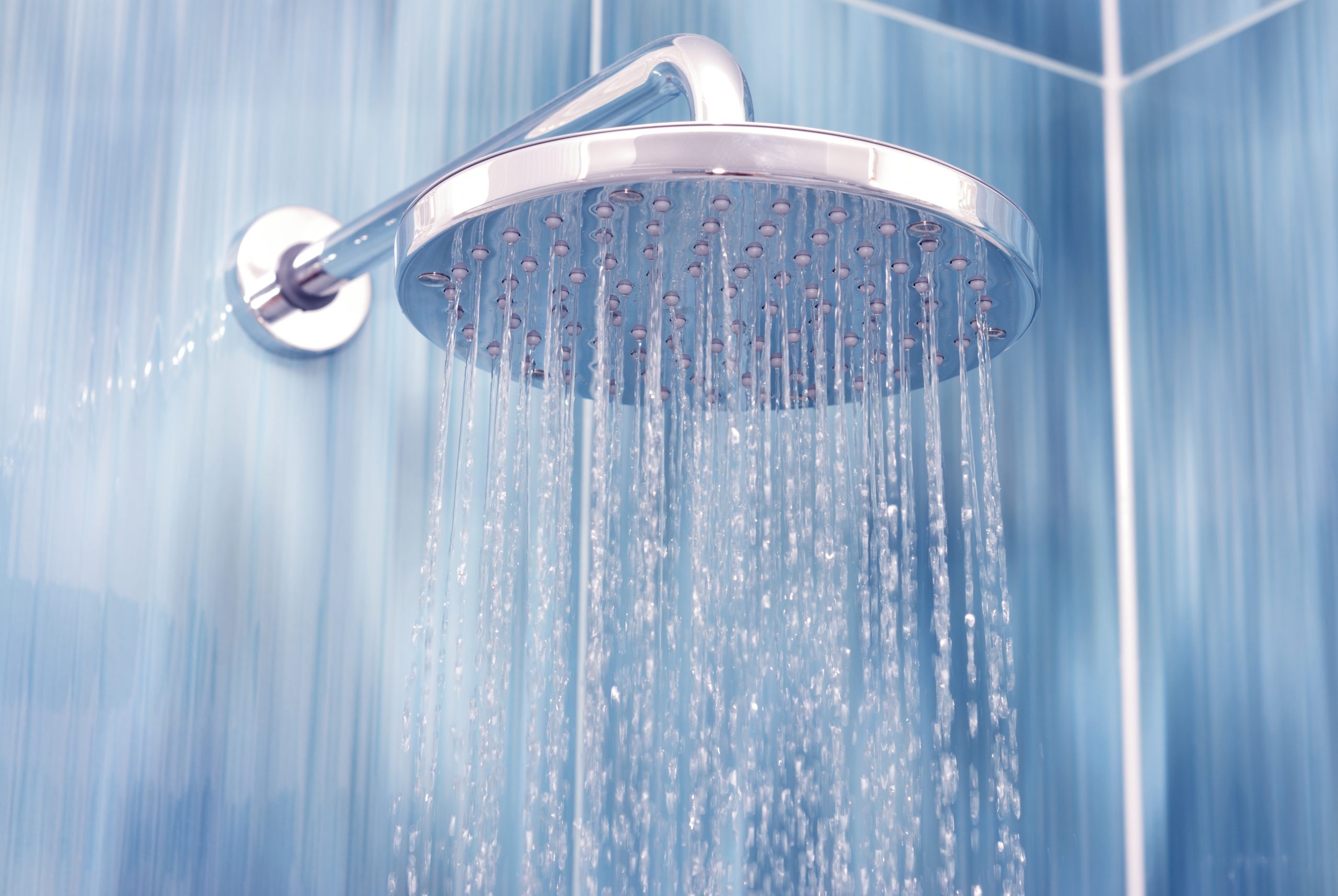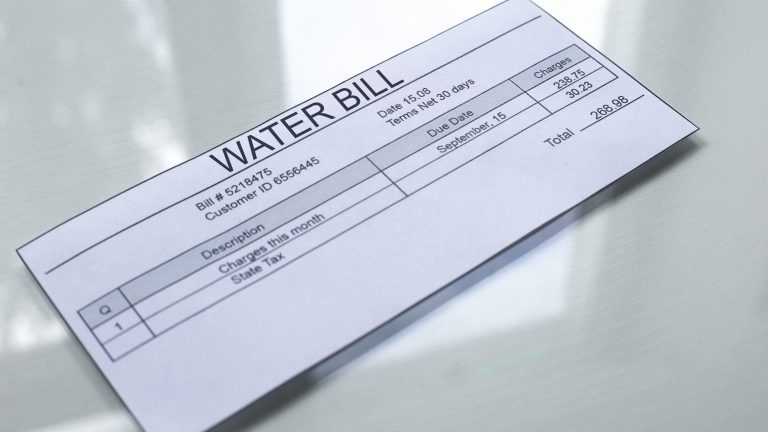Everyone enjoys a hot shower either in the morning, during the day, or after a busy shift. Apart from relieving muscle tension and enhancing your body’s relaxation, a warm or hot shower also improves your sleeping pattern. However, all these benefits come at a cost. In fact, water heating is considered one of the most significant contributors to high energy usage unless you believe in installing heat lamps in your bathroom.
So, as a homeowner, how can you ensure that you provide your family with a sustainable water heating system? After all, you can’t prevent people from taking hot showers at least once every day. This article will cover all the options you have so that you never have to worry about high electricity bills every month.
1. Consider gas water heater
One strategy that’s proven to be more effective for many households is the use of a gas water heater. Investing in this system means lower energy bills coupled with a more efficient water heating system. Wondering where you can get one for your family? Well, Supagas would be the best place to start, but you can find other providers that meet your needs within your region.
So, how does a gas water heater work? First, it’s worth noting that a gas burner is used in the heating process. Also, you need to remember that there are two types of gas water heaters, tank and tankless. The latter is more effective than the former because it works on an on-demand principle where water is only heated when needed by the user.
2. Go for a tankless water heater
As the name suggests, a tankless water heater operates without a storage tank. Unlike those that require a tank, this system heats water instantaneously or on-demand. Therefore, it doesn’t waste energy heating the water stored in a tank even when you’re not using it.
So, how does a tankless water heater work? When the faucet is turned on, the cold water is allowed to flow through pipes surrounded by a series of coils or a heat exchanger. In the process, the water is directly heated either by a gas burner or an electric element before being released through the showerhead or any other desired point of release.
Investing in this water heating system saves you money and creates more space for other projects. Having many tanks around your home takes up a lot of space and comes with extra maintenance demands. That’s not to say tankless water heaters don’t need any maintenance, but they’re somewhat less demanding.
3. Use solar water heaters
If a gas water heater isn’t available in your region, you can opt for solar water heaters. Just like their gas counterparts, these water heater systems save you a lot of money by employing renewable energy to serve the same purpose as your mains electric line. During a hot season or in regions where the hot climatic conditions are dominant, a solar water heating system can provide hot water for the dishwasher, shower, and just about any other household need.
It’s recommended that you couple up this system with a tankless water heating system. This way, you’ll have a continuous supply of hot water in your home regardless of the seasons. For instance, during cold seasons or when the solar system doesn’t supply enough energy to heat the water, your tankless water heater will take over the load.
To maximize the power generated by your solar panel, make sure it’s appropriately mounted. Be sure to consult electrical experts within your area to know how and where to mount the solar panels for a continuous power supply.
4. Lower your thermostat

Investing in sustainable systems is a good move, but you might also need to make a minor adjustment on your heater. Most water heaters come preset at 130-140°F, but this is not healthy, especially if you have kids in your home. Therefore, it’s recommended that you turn down the thermostat to around 120°F. By so doing, you’ll not only ensure a healthy family, but you’ll also reduce your monthly energy cost by about 5%, which is a significant value.
Conclusion
Water heating systems offer a lot of benefits to you and your family but can also contribute to financial strains. To make it sustainable, you’ll need to invest in energy-saving appliances and techniques. For one, purchasing a tankless rather than a tank water heater can go a long way in saving energy because water will only be heated on demand.
You might also want to replace your electric water heaters with a gas-based system to cut down on your energy costs even further. Another inexpensive way of making your water heating system more sustainable is by turning down your thermostat to a desirable temperature.


1 Comment
Pingback: bahis siteleri